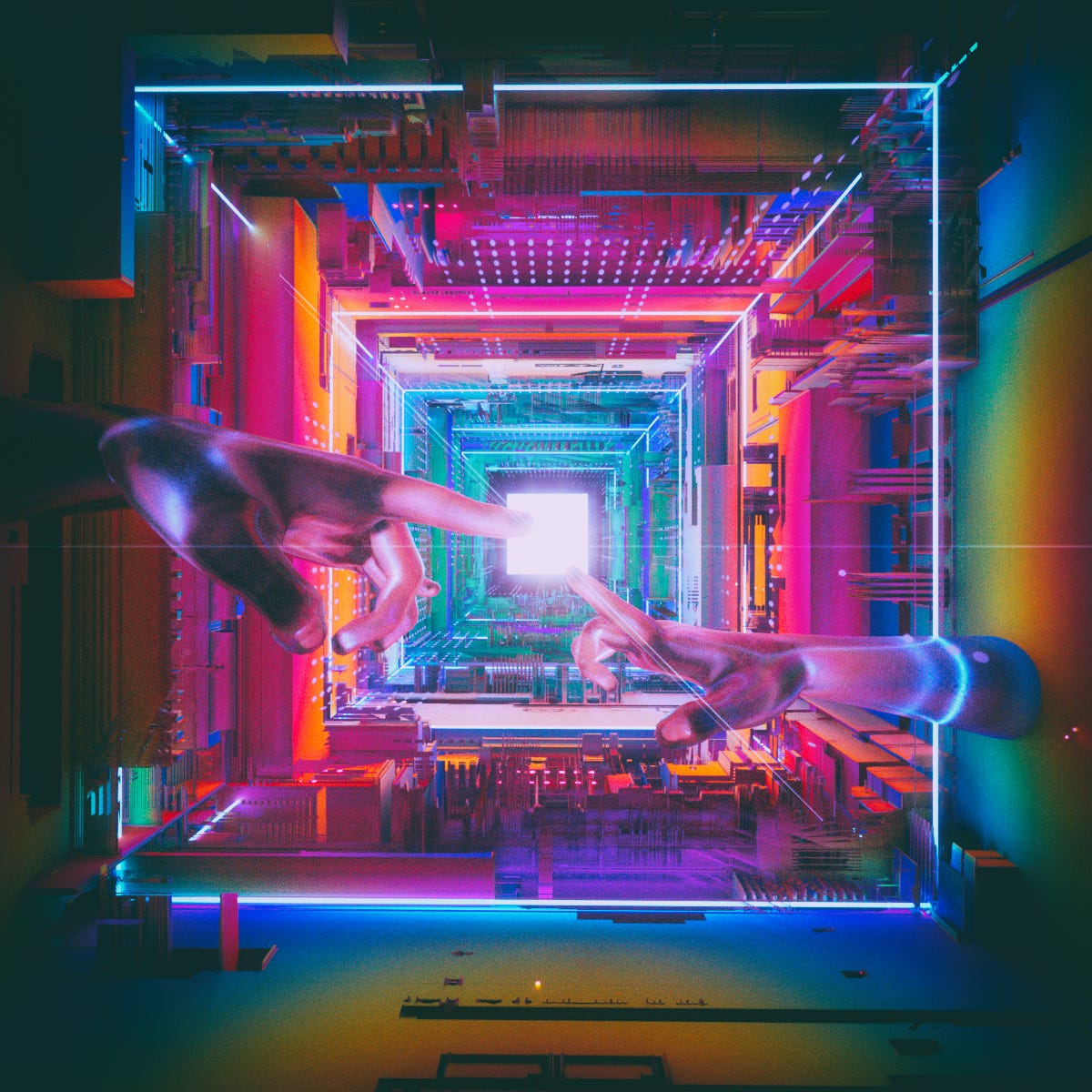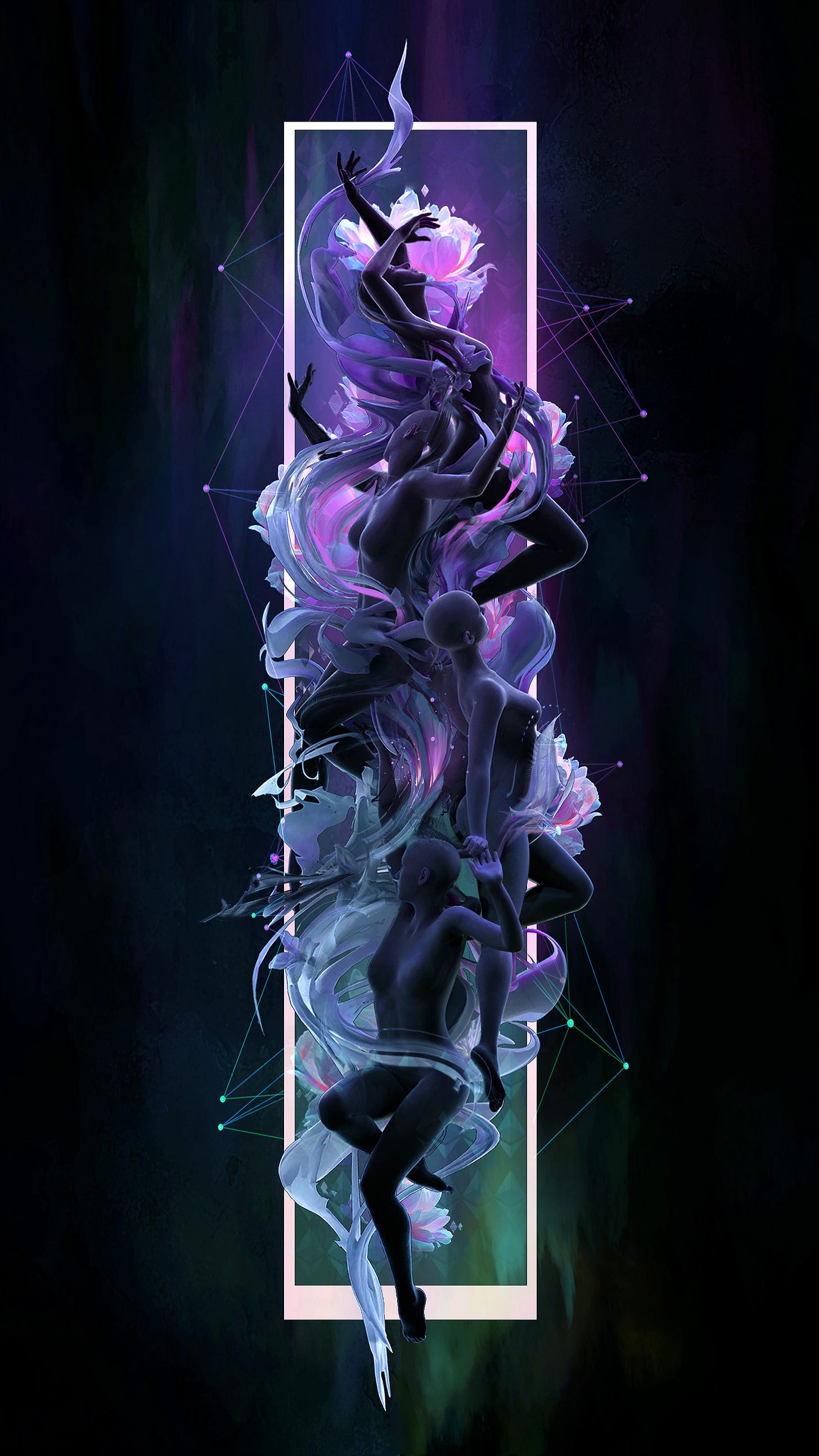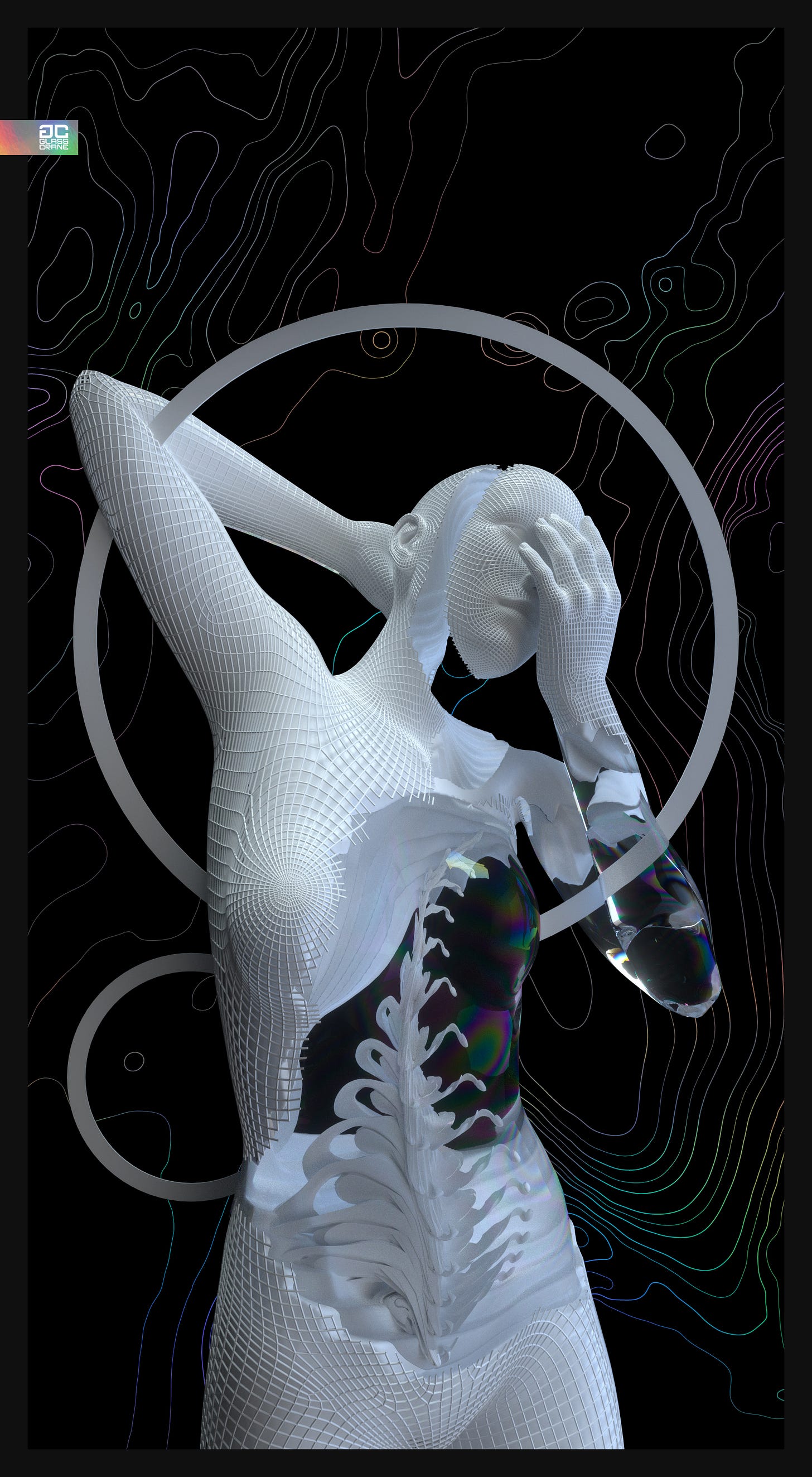Unholy Unions
Crypto Art: Artists, Merchants, and Cultural Exchange
I have, in the last few months, gone quite far down the rabbit hole for Crypto Art - the ability for digital artists to “mint” and distribute/sell/collect non-fungible tokens (NFTs) on Ethereum via platforms like SuperRare.
As someone without any sort of formal background in art / collecting, the Crypto world has again forced me to approach some new, foreign space from first principles - to see with eyes unclouded.
As I’ve started to look at a lot more Crypto Art, collect some of it, and meet many of the most interesting artists in this growing space, I believe that there is actually something culturally critical happening in this corner of the crypto space.
Reinventing an Old Partnership
A funny thought I am struck with is to what extent, as a society, the levers of commerce and the levers of art are intertwined. Outsiders look at the new crypto rich and are confused by their frivolous spending on digital goods - but it’s not like we invented this patronage mechanism.
A close friend who started collecting way before I did said something to the effect of:
“As an asset class, Crypto Art generates long term cash returns and short term clout returns.”
I wonder to what extent the patronage of artists is born out of insecurity by the crypto commercial class, the desire to seem both cultured and legitimate in a way, to be connected to people younger, more creative, more tasteful.
New money is always seen as a bit gauche, not ill-gotten necessarily but certainly outside the norms of convention. Existing cultural institutions struggle to understand and accept new sources of wealth and thus the commercial classes are forced to re-build pieces of the cultural apparatus from which they are excluded.
I think of Big-Tech Software Engineers paying 10s of thousands of dollars to build the best Burning Man Art Cars and Camps.
I think of an early 2000s pre-crisis hedge fund manager buying a Damien Hirst skull/shark to seem cultured and edgy despite actually being a quant nerd.
I think of an 80s Gekko-style junk bond trader buying a piece of modern art he doesn’t understand with his bonus (probably to get laid).
I think of some Gilded Age Steel or Oil Baron having to donate an entire New York City block of a museum to join “polite society” and make up for the fact that his family didn’t arrive on the Mayflower.
I think of Cosimo himself paying some Florentine master to show you how much closer to God he is than you are.
The wealth gets created but society doesn’t accept you nerds right away. New money is famously uncouth. The machine that generates wealth is often far removed from the machine that validates culture standing.
The nouveau riche crave legitimacy and seemingly it’s only the artists that can grant it to them.
Artists as Cultural Arbiters
Collectively the arts are how a society expresses itself in a given moment of time, a way to project cultural sentiment into the future so that future generations can have a closer understanding of the zeitgeist of that era.
Through self-expression, great artists serve as historians, recording some deliberately biased version of the world at a fleeting moment.
If recorded history is the data about what happened, a period’s art is the metadata that tells future generation how we felt about the primary facts of the time.
Due to this tight relationship with culture and how it gets remembered, artists have for a long time occupied significant social standing. Once properly recognized, either in their time or afterwards, leaders of a society closely covet great artists for their ability to tell cultural stories. These “recognized” artists become social insiders, they tell the approved version of the world that those in power hope to be associated with.
Any time there are approved insiders, there are invariably unapproved outsiders. The Académie des Beaux-Arts becomes rigid and inevitably births the Salon des Refusés.
In the art world, the outsiders are those whose work might not yet be understood, whose style or process might not yet be respected, whose focus might be perceived as trivial, or whose perspective is otherwise not yet valued by the mainstream.
These artists on the outside, before they reach cultural purchase, are often left without an economic model (what a venture person might call “pre-product-market fit”). Shunned by the dominant cultural institutions, where can these new artists find a source of financial backing?
Together, like new friends meeting outside of a nightclub from which neither is “on the list,” these outsider artists connect with that uncouth new money and form an alliance to write the new pages of cultural history.
The artist gains pragmatism, resources, and a lifestyle boost from the merchant. The merchant gains narrative super power and potentially a more secure place in history from the artist.

Cultural Exchange
So, why am I speculating about the nature of this unholy union? Because I think that this is the phase we find ourselves in presently with the rise of Crypto Art. We are seeing the trappings of a critical cultural exchange that is poised to give “crypto culture” its own leg to stand on in broader society.
For about a decade now, the crypto commercial class has been laboring to build the current crypto financial markets in obscurity, then ridicule, and now possibly acceptance.
As we gain the financial standing from our years of work, we find ourselves in a position to write our movement into the narrative arc of mainstream civilization and are surfacing the artist-partners to help us do so.
Who are these artists? What stories do we want them to tell about us? What image are we trying to project as an ecosystem? What do we want to be when we “grow up”?
Crypto Art themes are meant to legitimize nerds with low time preference that are finally arriving culturally, we need these artists to tell our story gracefully. So far we have seen:
Cryptocurrency history, major events, portraits of key people, using the BTC and ETH logos in work, etc. We need our history told not just figuratively, but also literally.
Cyberpunk and vapor-wave aesthetics, ultimately a narrative that crypto is what ushers in the digital sci-fi future we were all promised when we were kids in the 80s, 90s, 2000s. This love of cyberpunk aesthetics dates pre-Bitcoin, to the cypherpunks themselves.
Comic book heroes, a belief that the world needs saving, likely just a legitimization of years of being a nerd.
Psychedelic visuals, sacred geometry, ascendency, the belief that there’s more to consciousness than the default state.
Androids / Cyborgs, the belief that humans are in the midst of a transcendent arc closely coupled with technological progress.
Antiquities, a return to the age of heroes and great civilizations.
Memes and Internet-native references, the belief that digital culture is already valuable and legitimate.
The Metaverse, many digital worlds, ultimately what we believe we are building here.
This is the way the crypto rich see themselves, but have never been able to speak to in a legitimate way, the artists give us the ability to legitimize this story.

Towards a Crypto Cultural Movement
The current cultural exchange happening in Crypto Art writes crypto culture into the arc of history.
We are telling a story of a better digital future, one that was promised but has been lost in some way.
Cryptography enables a society of self-ownership and self-transcendence, and the crypto future speaks directly to a path forward to the Metaverse.
We were promised Sovereign Individuals and Crypto Citadels - and dammit we still have every intention of building towards it.
We are getting back on track and the artists will help us rally the troops.
We need hearts and minds and we can’t get them by ourselves.
Pay attention to what’s happening here, this is how history and culture get written.



